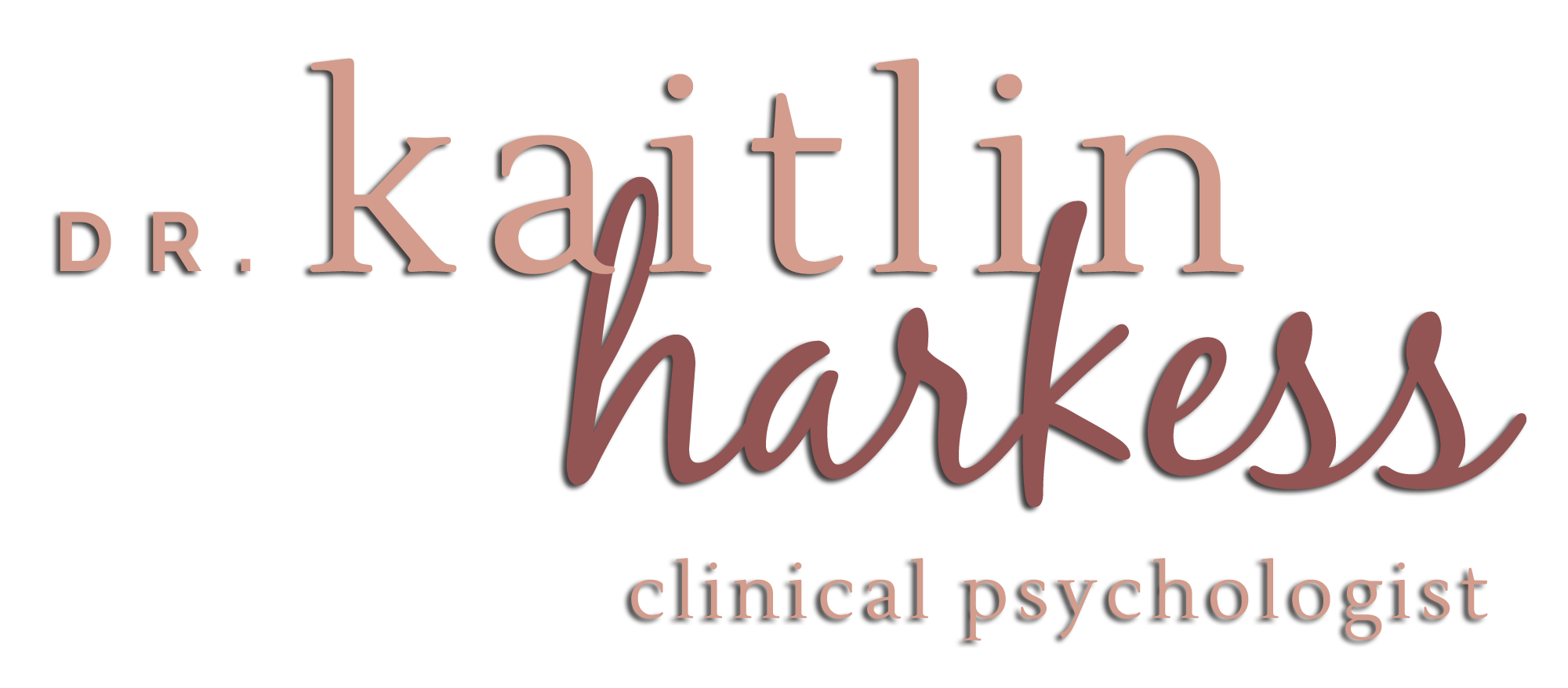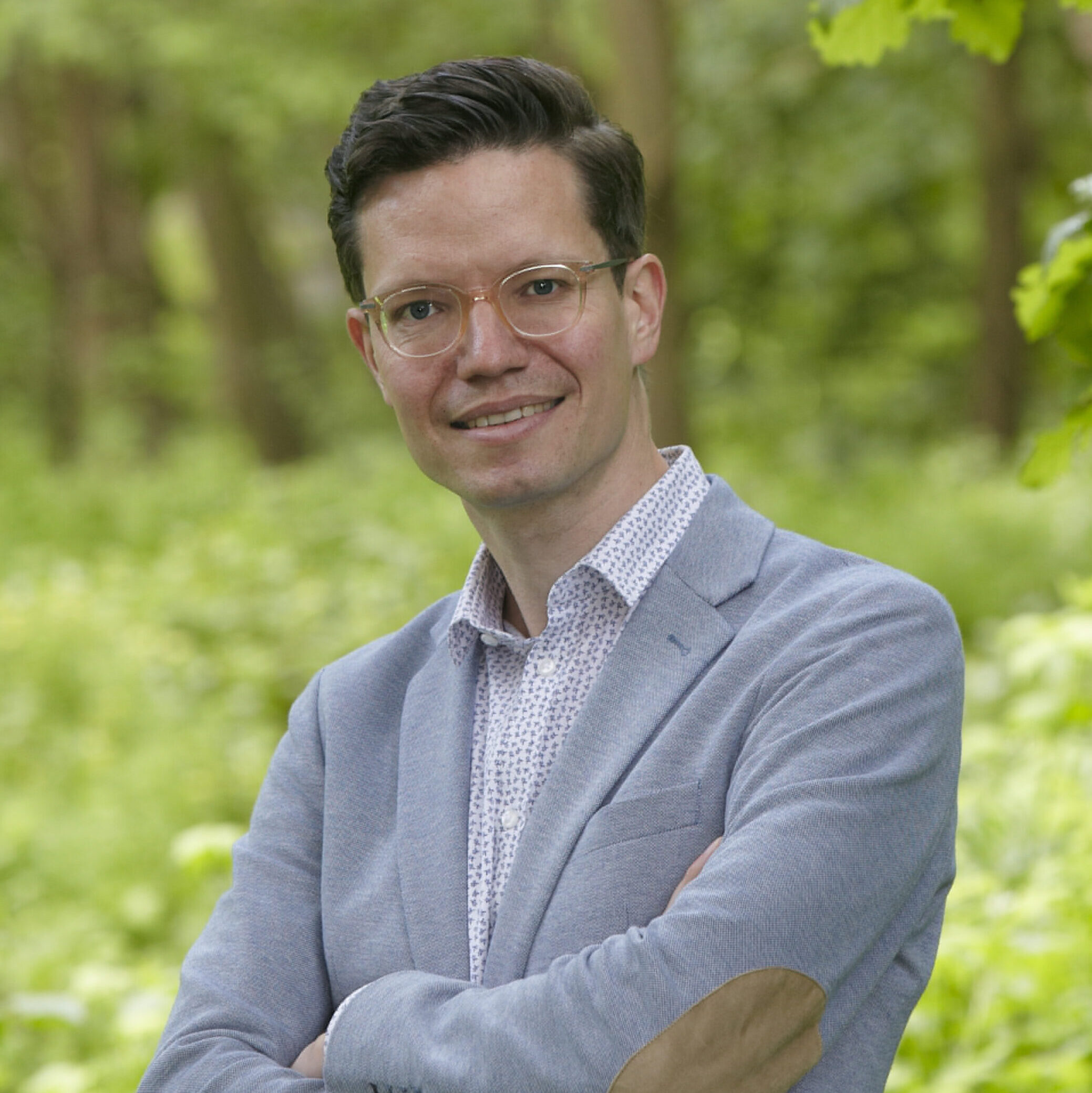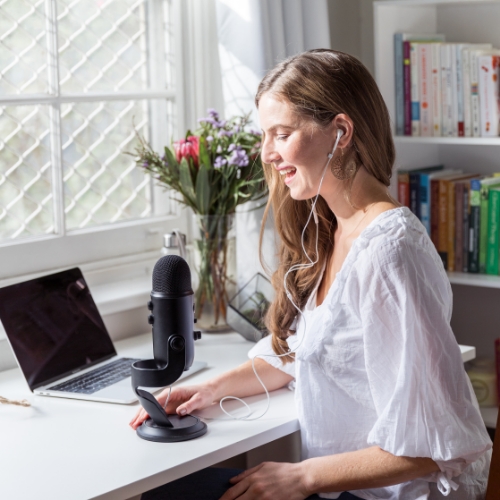Welcome to the tenth episode of the Wisdom for Wellbeing Podcast. On this episode I interview Dr. Emily K. Sandoz, a brilliant researcher, author and clinician in the field of body-related difficulties.
This episode is incredibly important given the high likelihood that you will identify with the experience of being dissatisfied with your body at some point in your life. Further, an increasing number of both women and men do then go on to develop eating disorders. Alongside this, you have no doubt heard of the #bodypositive movement – it is growing – but, Dr. Sandoz talks through the reasons why this may actually be more harmful than helpful. Instead, Dr. Sandoz will introduce you to the concept of body image flexibility, and how you can make peace with your and life a life that feels full to you.
What is covered in this episode:
>> The concept of ‘Body Image’ and different experiences and challenges
>> An introduction to the concept of Body Image Flexibility
>> Acceptance and Commitment Therapy-based approach to treating body image concerns
>> How pain that impairs your ability to life your full life becomes suffering
>> How values can guide your life, including work with body image
>> How to support the development of a more helpful sense of self from an early age
>> How body image experiences affect you emotionally and physically
Links Discussed
- Dr. Emily K. Sandoz’s email
- Dr. Emily K. Sandoz’s website
- Living with Your Body and Other Things You Hate: How to Let Go of Your Struggle with Body Image Using Acceptance and Commitment Therapy by Emily K. Sandoz and Troy DuFrene (BOOK)
- The Mindfulness and Acceptance Workbook for Bulimia: A Guide to Breaking Free from Bulimia Using Acceptance and Commitment Therapy by Emily K. Sandoz, Kelly G. Wilson, and Troy DuFrene (BOOK)
- Acceptance and Commitment Therapy for Eating Disorders: A Process-Focused Guide to Treating Anorexia and Bulimia Paperback by Emily K. Sandoz, Kelly G. Wilson, and Troy DuFrene (BOOK)

Dr Emily K. Sansoz
Dr. Sandoz is the Emma Louise LeBlanc Burguieres/BORSF Endowed Professor of Social Sciences in the Psychology Department at the University of Louisiana at Lafayette. Emily is the Director of the Louisiana Contextual Science Research Group and the Editor-in-Chief of the Journal of Contextual Behavioral Science. She has co-authored three books on acceptance and commitment therapy for struggles with eating and body image, along with chapters and journal articles on ACT, Relational Frame Theory, values, the therapeutic relationship, and psychological flexibility. Emily has led more than 70 professional training workshops around the world, and serves as a peer-reviewed ACT trainer. She also practices as a Clinical Psychologist, focusing on clinical behavior analysis of body-related difficulties.



